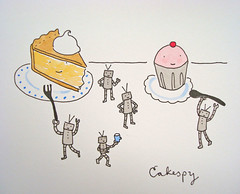What is pie, really? According to the dictionary, "a baked food having a filling of fruit, meat, pudding, etc., prepared in a pastry-lined pan or dish and often topped with a pastry crust." Well, to put it simply, it's a very open-ended food; one of those unique and versatile dishes that can go sweet as easily as it does savory. But even focusing on just the sweet pies, there's still an overwhelming amount of variety as to what a pie can be; from lemon meringue to Chess Pie to classic apple a la mode, it's enough to make one's head spin. Recently, we got a little help from Ann and Karyn, some of the masterminds behind the Mini Pie Revolution (take that, cupcakes!) in decoding the pie family genus. Here's how Karyn explained the differences between the primary types of sweet pies (sorted alphabetically):
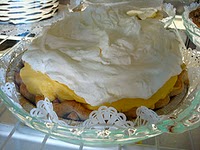 Cream Pies:
Cream Pies: Where eggs are used with heavy cream to make a silky, thick base. These are a subset of custard pies, and the boundaries between them often blur. If you're going to throw a pie at someone, cream pies are the obvious choice. I
think cream pies are a bit more, should I say democratic?, than fruit pies. You can make many using nothing more than pantry staples. '50s housewives loved them. Photo left: Banana Cream pie from Billy's Bakery, NYC.
 Custard Pies:
Custard Pies: Any pie where eggs are used to set a liquid. Pumpkin pie's a good example. I would suggest that lemon and lime pies fall into this category as well, along with pudding pies and most chocolate pies.
Cakespy Note: another one which has fascinated us in the past is the Hoosier Pie, a kind of sugar-custard pie which seems to be big in the American mid-west.
Photo left: Pumpkin pie from the North Hill Bakery, Seattle.
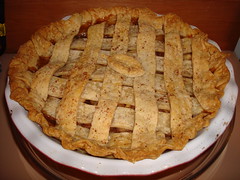
Fruit Pies: I would suggest that the fruit pie family includes any pie where whole fruit or chopped fruit combines with a thickener to create a filling. I confess, I love fruit pies, especially those combination-berry pies that balance sweet and tart flavors. I love them too because they can be so intensely regional and seasonal. In the summer, I love blackberry and blueberry pie topped with vanilla ice cream. In New England, apple pies with cheddar cheese are the norm, while the best cherry pies (in my experience) hail from Michigan. Strawberry-rhubarb pies for the spring fling, pumpkin pies for Turkey Day. Fruit pies are cultural pies, family pies; traditional pies. There's not much new-fangled about them (though there always could be) and I think people like that.
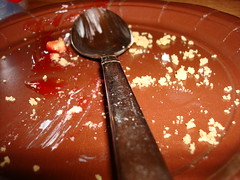 Mousse Pies and Chiffon Pies:
Mousse Pies and Chiffon Pies: Egg whites are the major player here, though many recipes call for gelatin as well.
Nut Pies: I lump all pies requiring nuts set with corn syrup in this category (including peanut pie, though peanuts are legumes, not nuts); Walnut pie, Kentucky Derby pie, Pecan pie . . . while some of the recipes contain eggs, the eggs don't set a liquid, which is what I think separates nut pies from custard and cream pies. I might lump in sweet bean-based pies, too, since the beans were used when people didn't have nuts.
Whew! Glad we got all that figured out. Of course, we won't even get into the poetry and lore of
pie crust; however, may we suggest this great post on Smitten Kitchen? Also, if you haven't already read it, there is a wonderful essay on the quest for the perfect crust in
Jeffrey Steingarten's The Man Who Ate Everything.
But now, to answer the pressing pie questions:
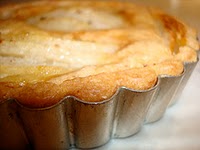 What is the difference between a tart and a pie?
What is the difference between a tart and a pie? No, tarts aren't just pretentious pies. A tart is always uncovered, and generally made in special, delicately shaped tins. So by this logic a tart is a pie, while a pie is not necessarily a tart. However, the general connotation is that a pie is more rustic, peasant fare, where a tart is more refined. Also, pastry chef Chris
Jarchow (who, incidentally, made the tart pictured to the left) points out that tarts are generally defined further by the use of
Pâte Sucrée (sweetened crust) as opposed to
Pâte Brisée (unsweetened crust), which is what you'd see on say, an apple pie.
Are pies an aphrodisiac?: Yes--according to a study in which (we want to be paid to do studies like this), men's "vital statistics" were measured based on certain smells, pumpkin pie elicited the biggest response. When approached for fact-checking, a cute male couldn't say that pumpkin pie would be his first choice though.
Why do they call it a pizza "pie"? Well, "pizza" literally translates to "pie" or "torte" (thus really rendering "pizza pie" a bit redundant). While pizza does share general traits with a savory pie, the major difference is usually that its crust contains yeast (more bread-y), and so is not quite a pastry crust. According to the dictionary this makes it technically not a pie--but really, we'd just as soon eat some rather than argue over the details.
Is Boston Cream Pie really a pie? Tasty as it is, this sponge cake, chocolate and custard confection is technically this is not a pie--check out
this article for the explanation of why "pie" may have gotten into its name. Other tasty treats that are not actually pies include the
Moon Pie and the
Whoopie Pie. Some versions of the Mississippi Mud Pie are really more like cakes, although some do have a decidedly pie-like cookie crust.
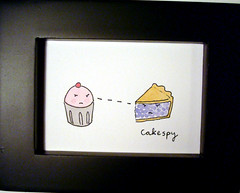
Is pie the new cake? Well, some may say so, but the choice--pie, cake, other--is really up to you. However, we must say that at Cakespy, we think these adorable mini pie - cupcake hybrids cropping up recently are awfully cute.
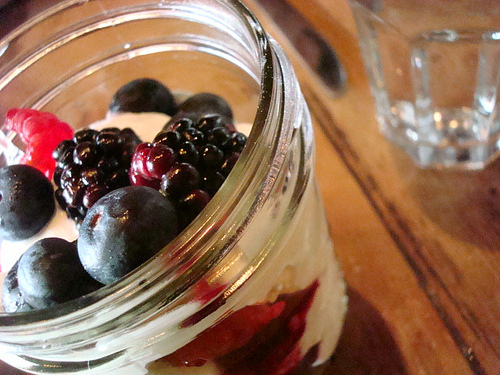 What's better than a hot mess and makes for some sweet eatin'? Eton Mess, naturally!
What's better than a hot mess and makes for some sweet eatin'? Eton Mess, naturally!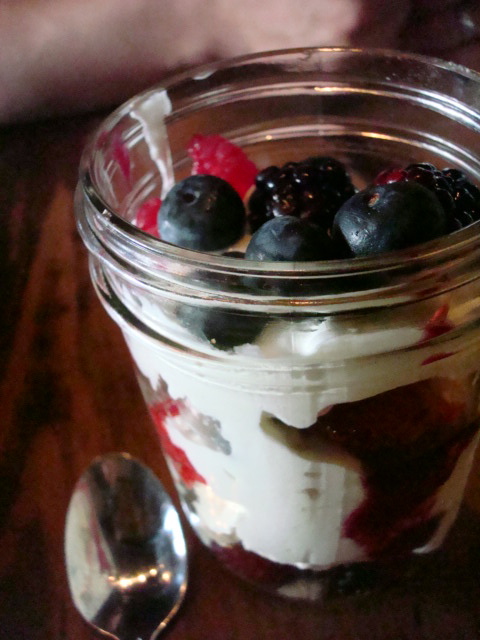 According to Robin Weir in Recipes from the Dairy
According to Robin Weir in Recipes from the Dairy, Eton mess was served in the 1930s in the school's sock (tuck) shop, and was originally made with either strawberries or bananas mixed with ice cream or cream. Meringue was a later addition (many credit this addition to Michael Smith, author of Fine English Cookery). Nowadays, Eton mess consists of pieces of crisp meringue, lightly whipped cream and strawberries, all stirred together - hence the name "mess".

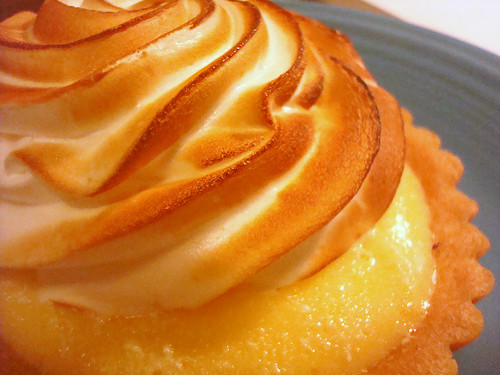
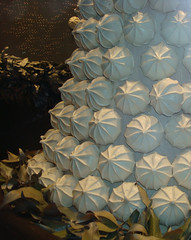
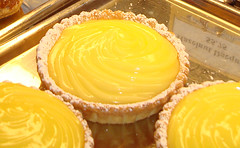
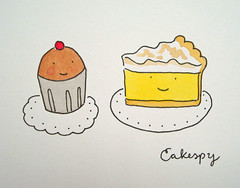 Q: Are meringues delicious?
Q: Are meringues delicious?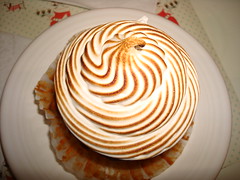
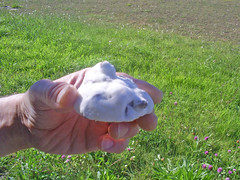
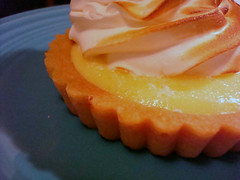


 Custard Pies:
Custard Pies:
 Mousse Pies and Chiffon Pies:
Mousse Pies and Chiffon Pies: What is the difference between a tart and a pie?
What is the difference between a tart and a pie? 